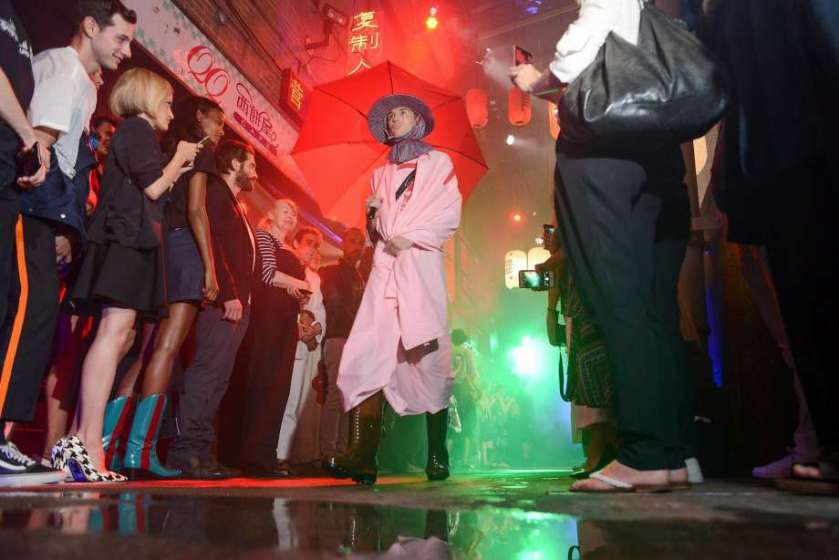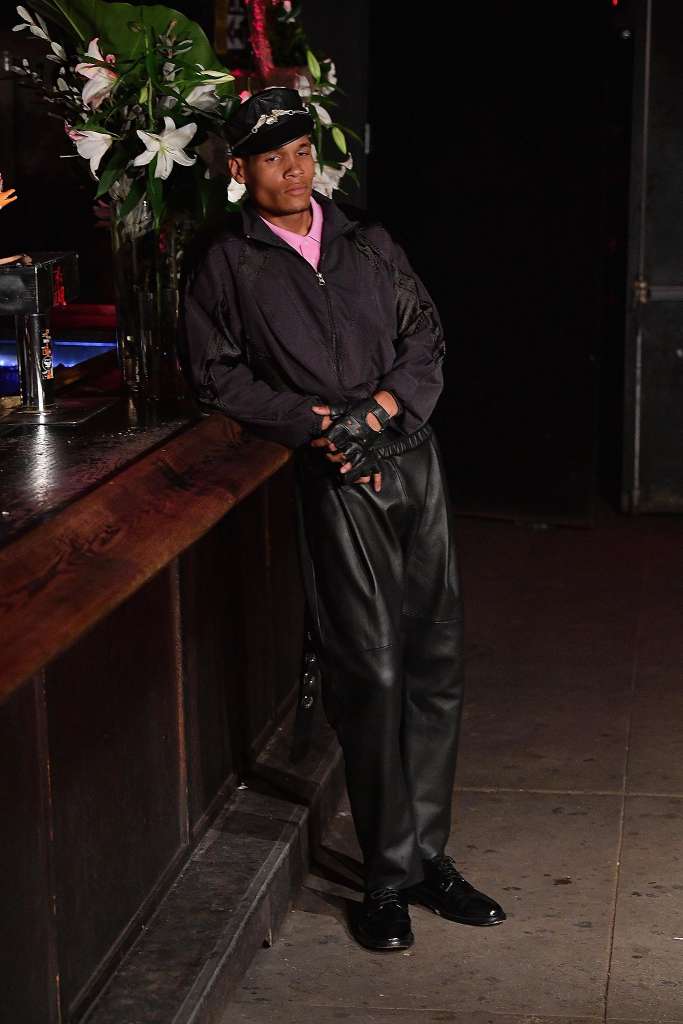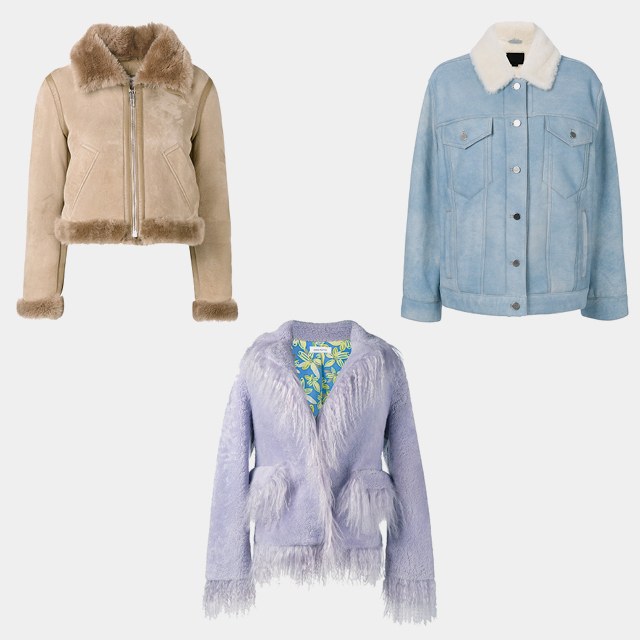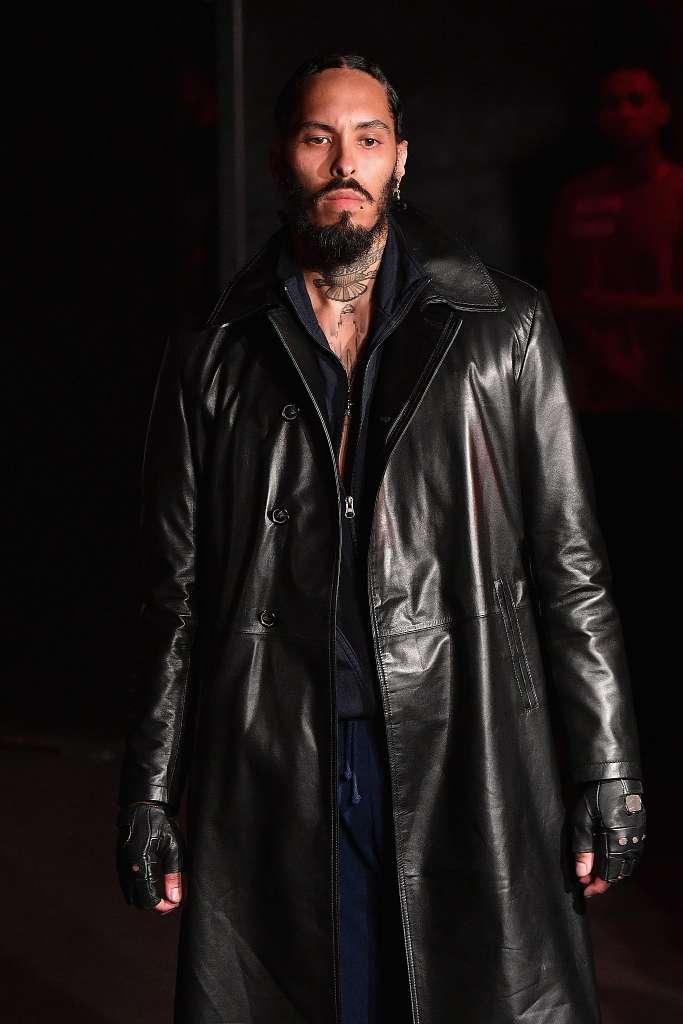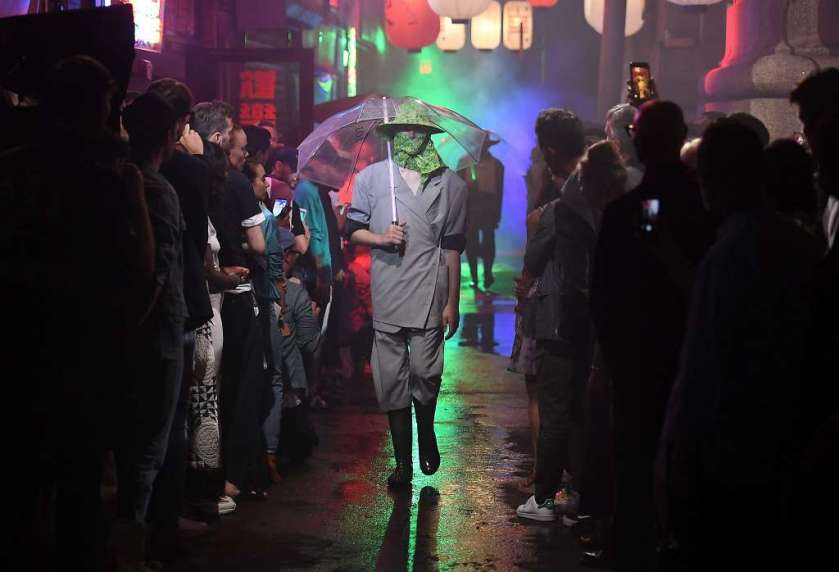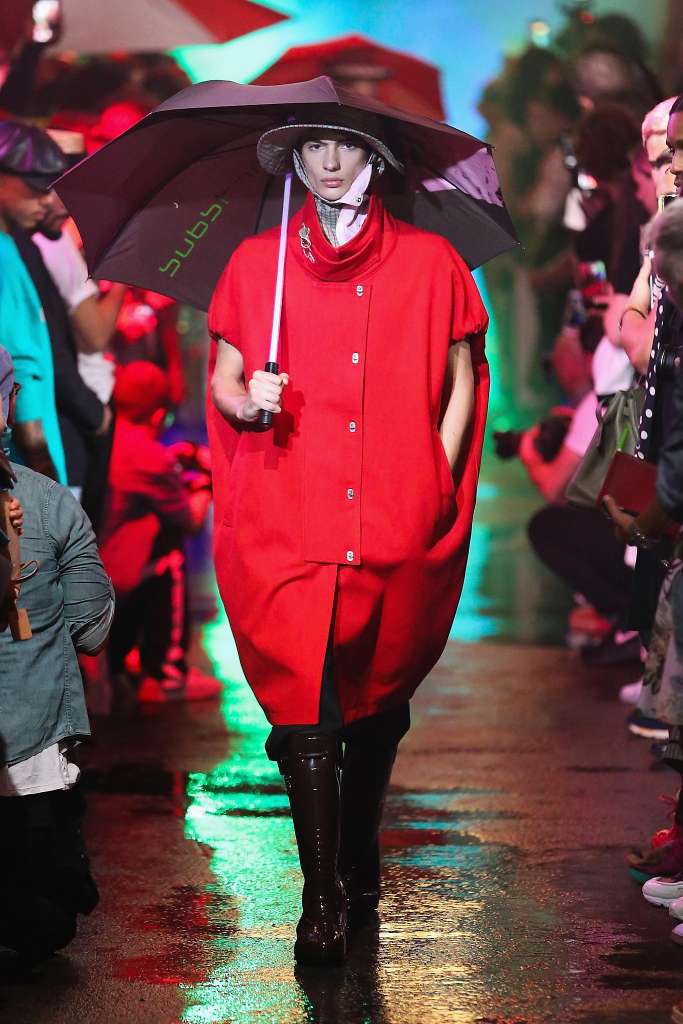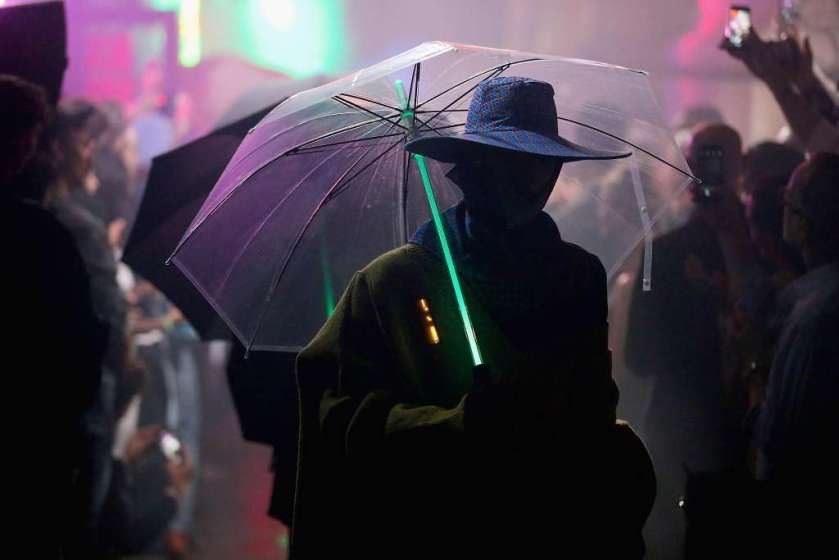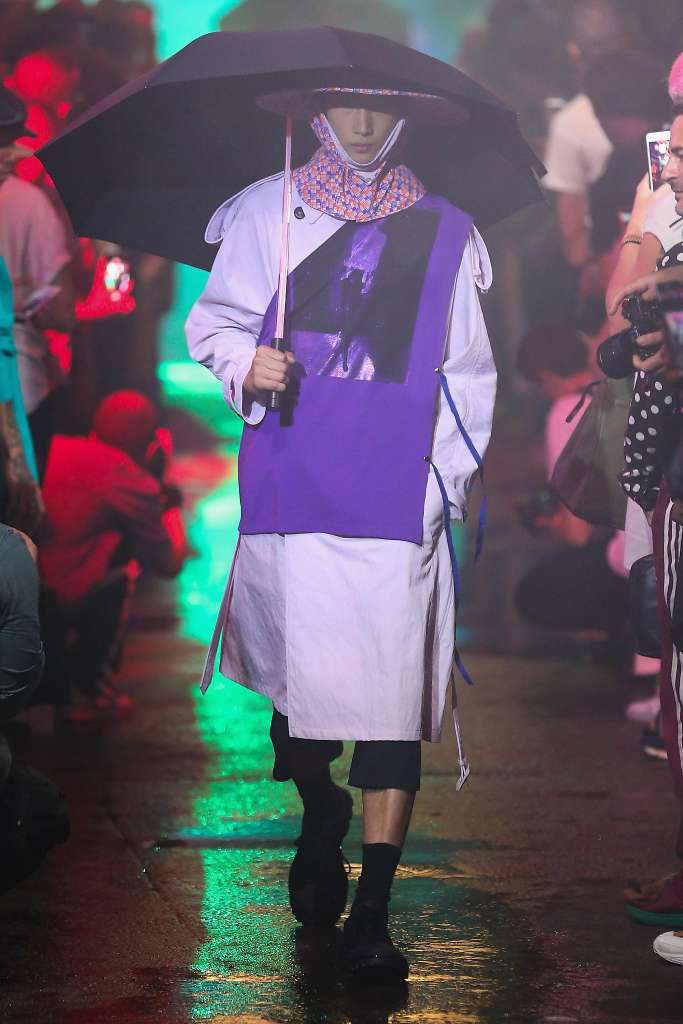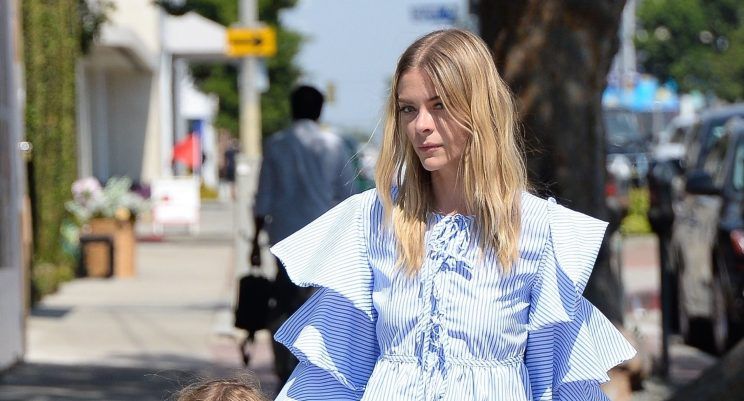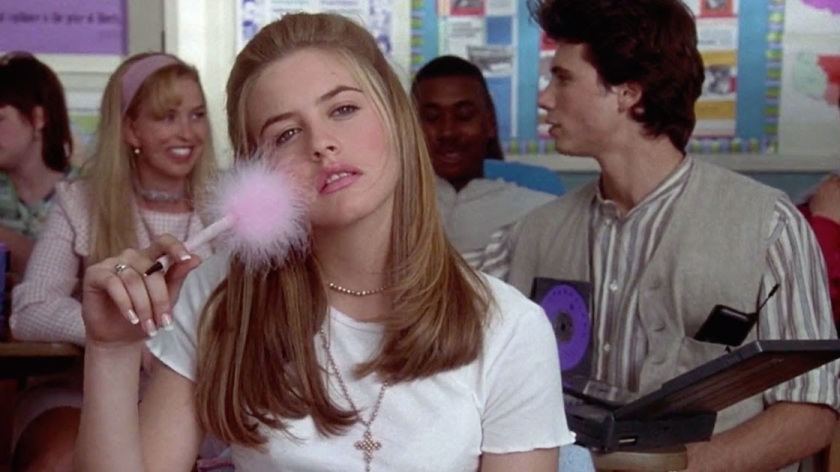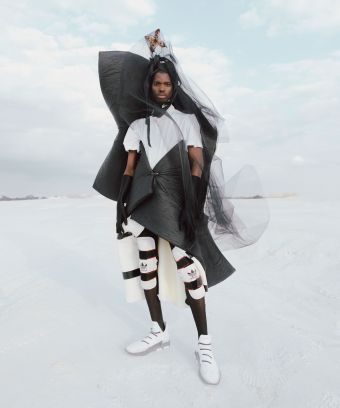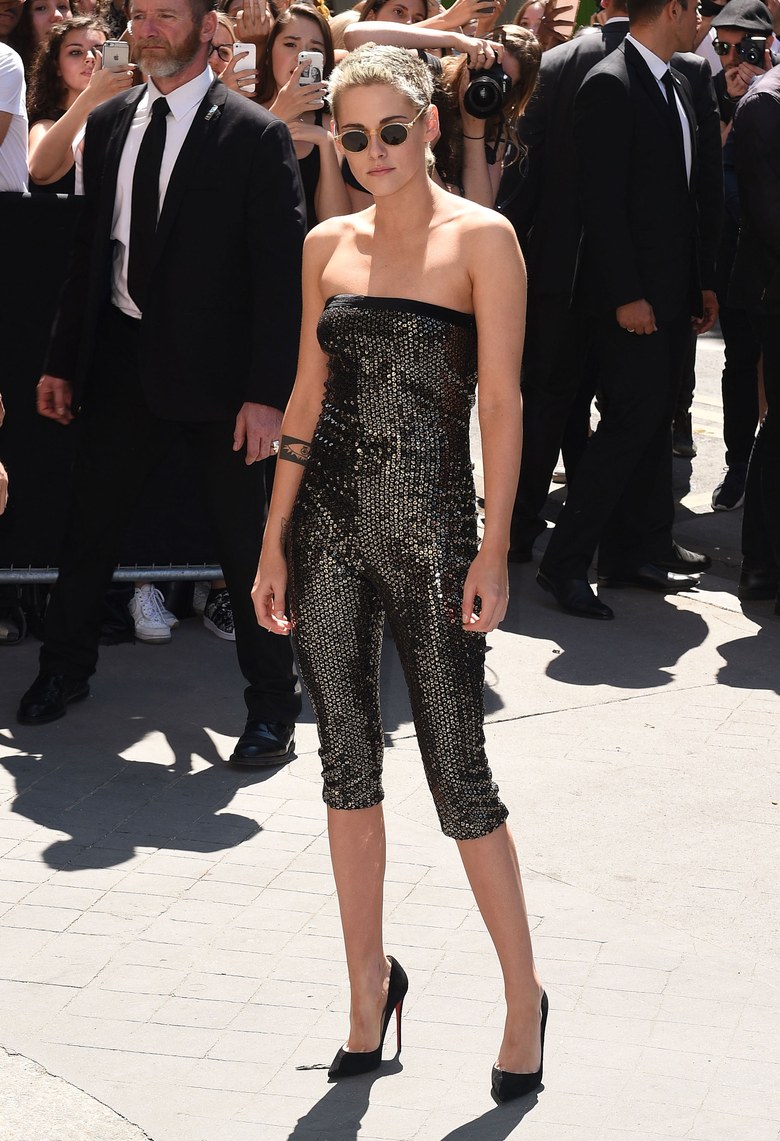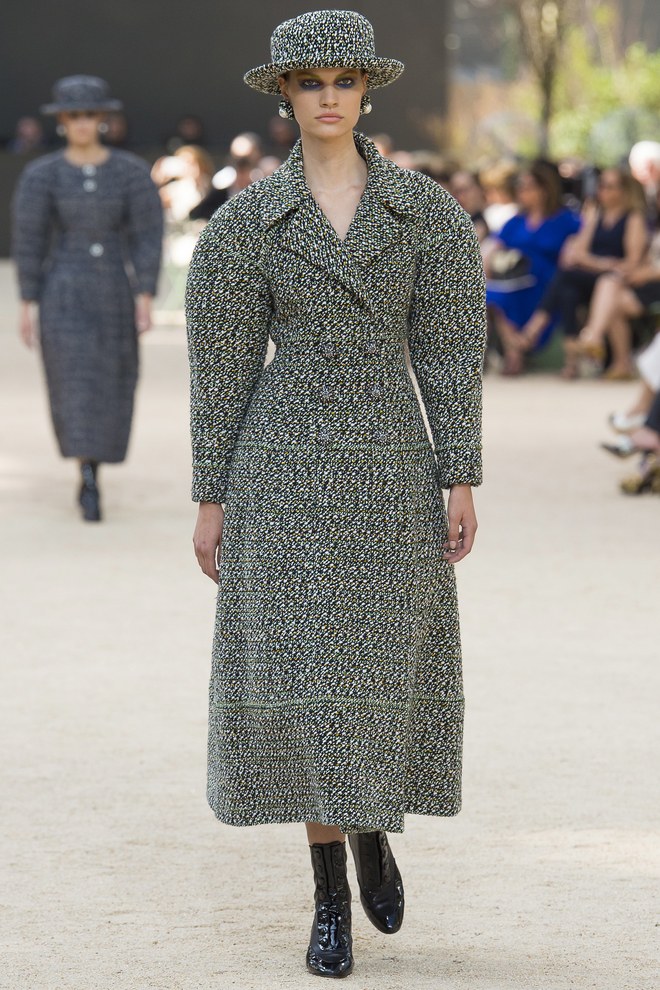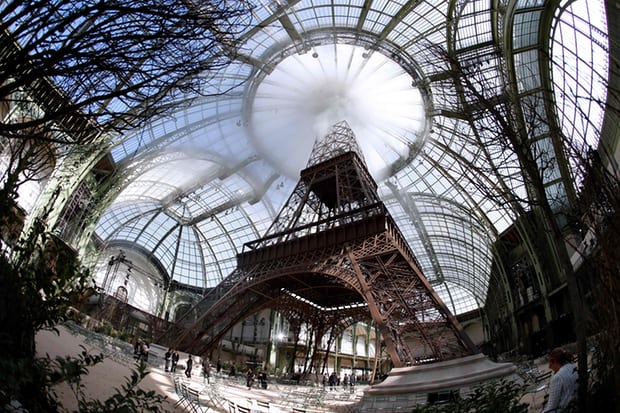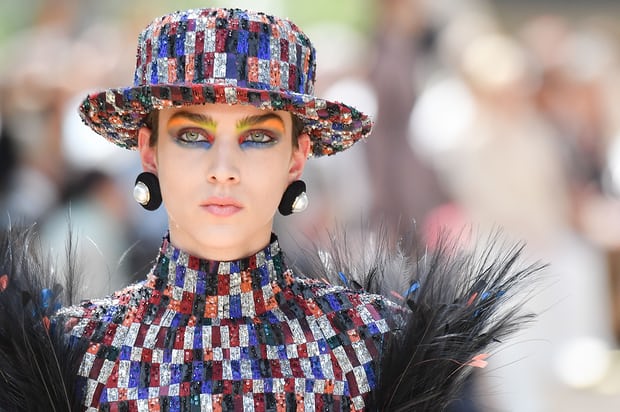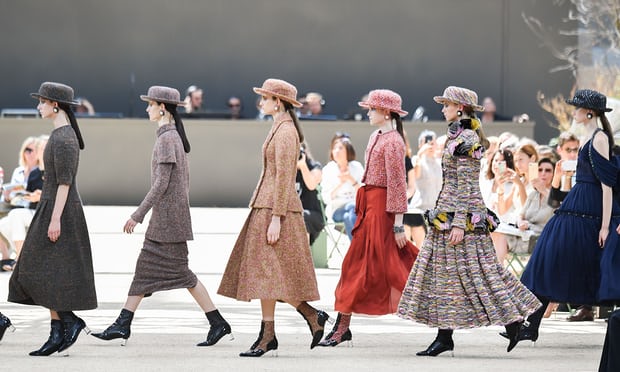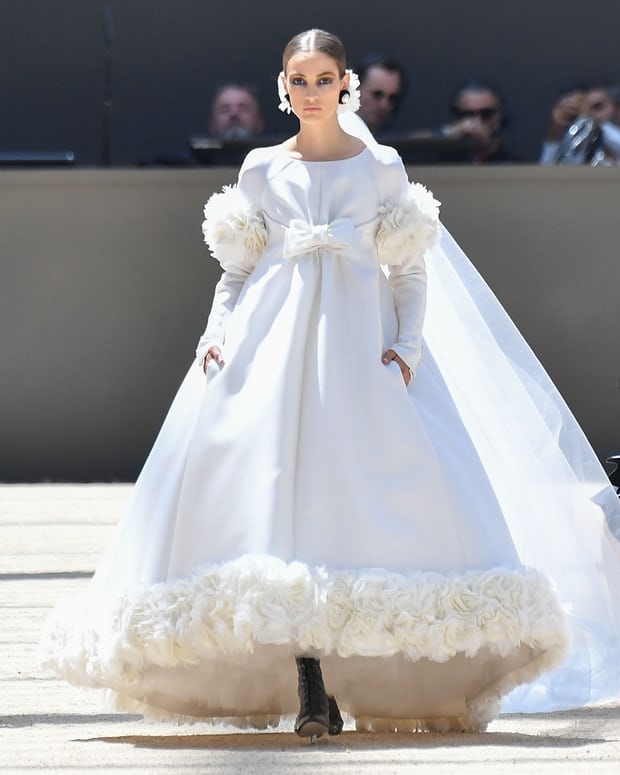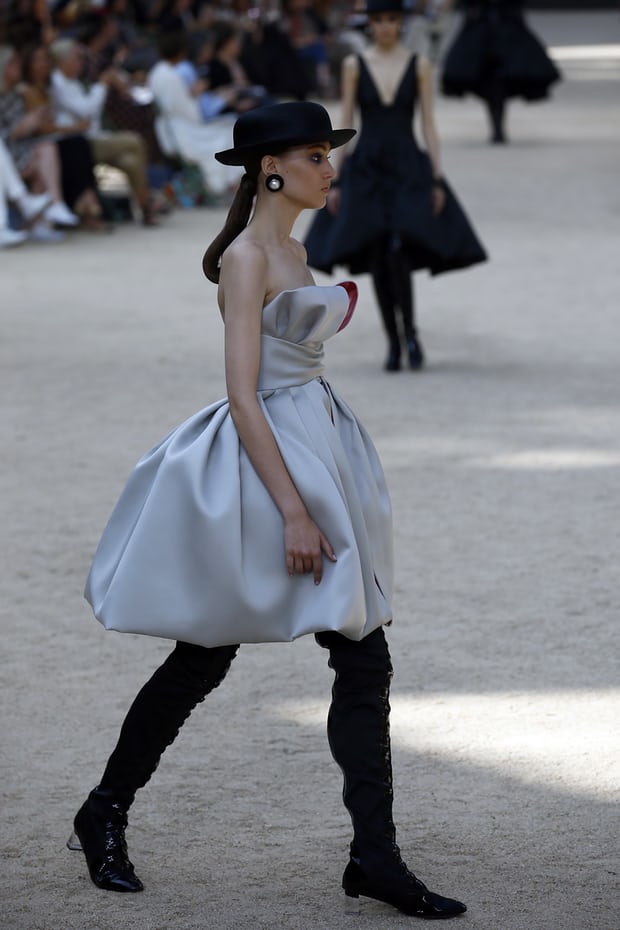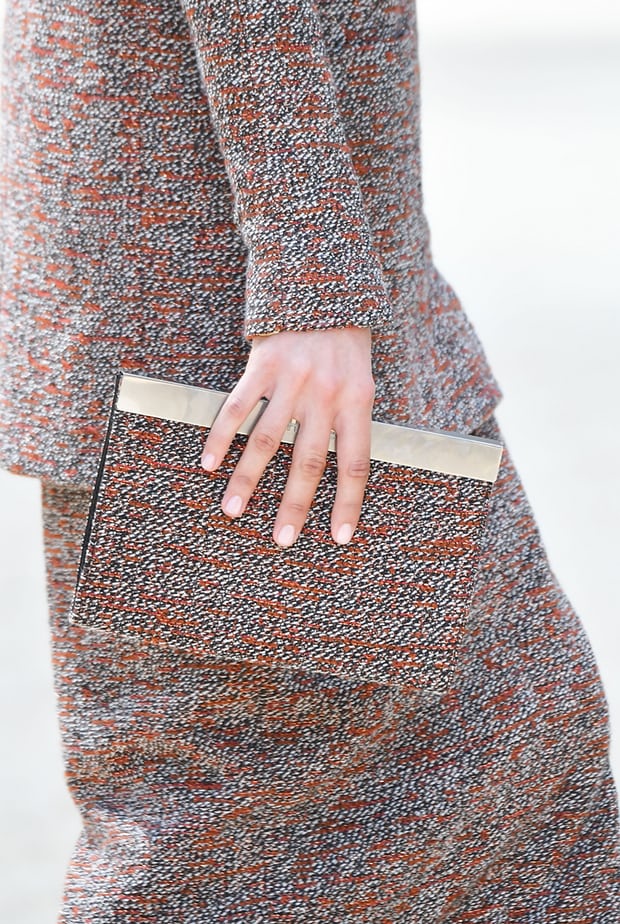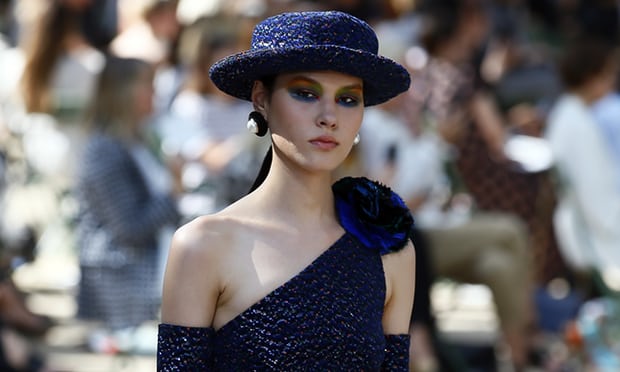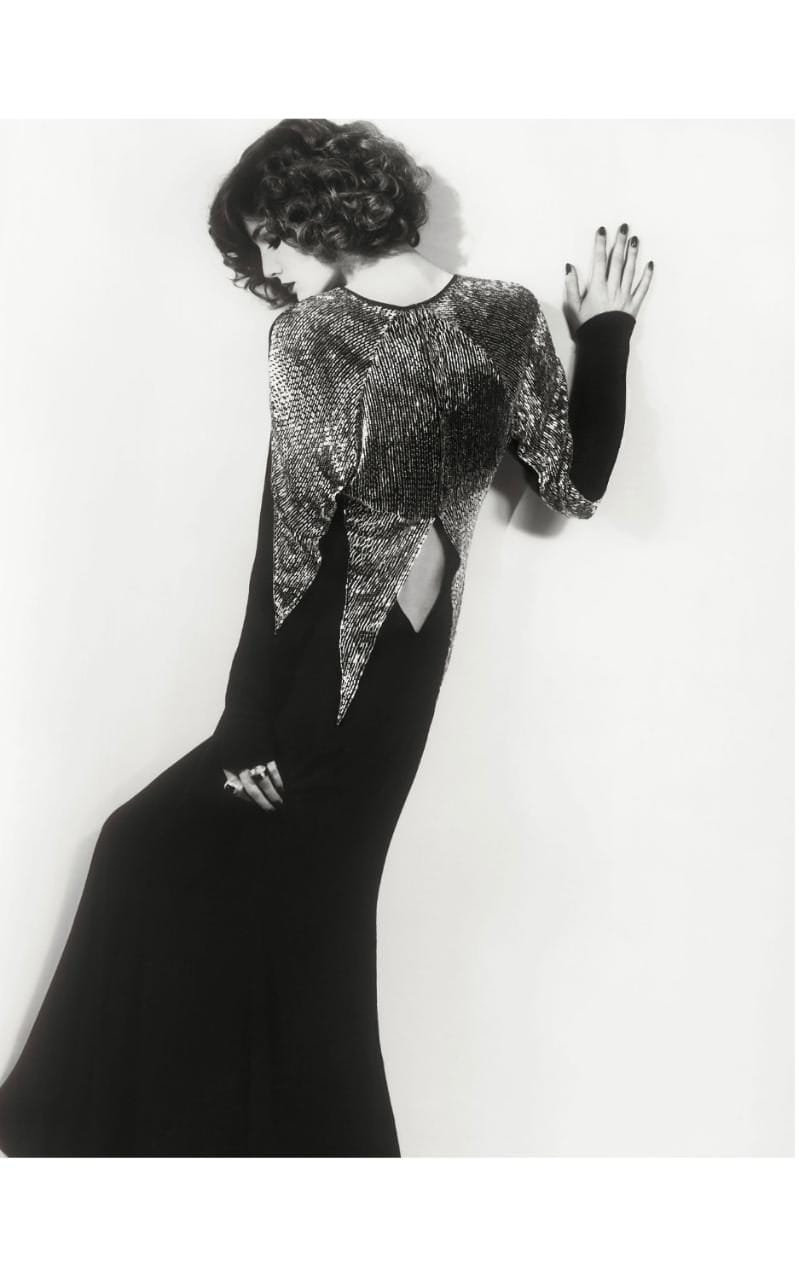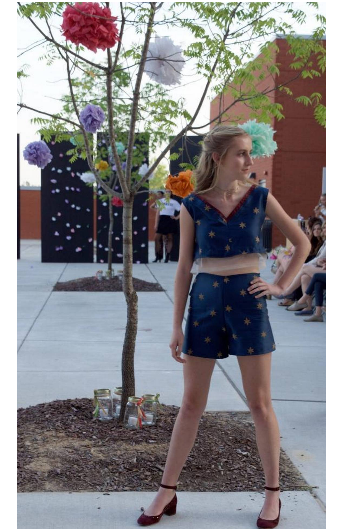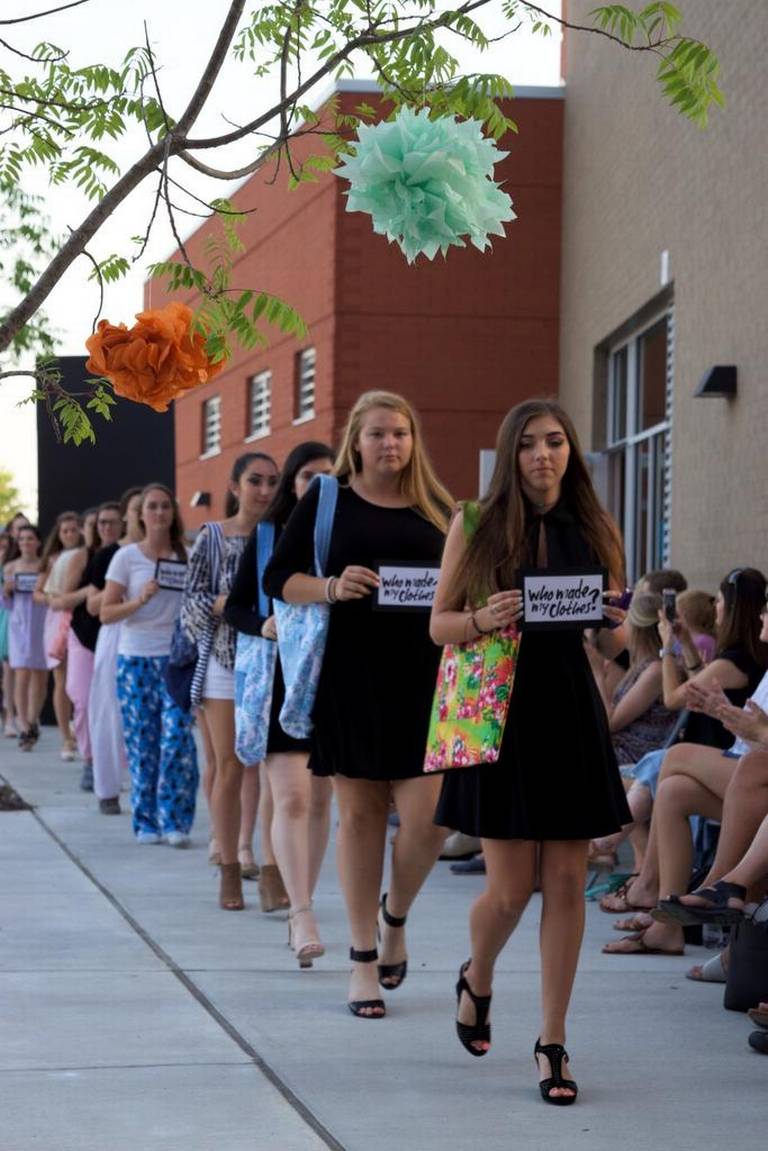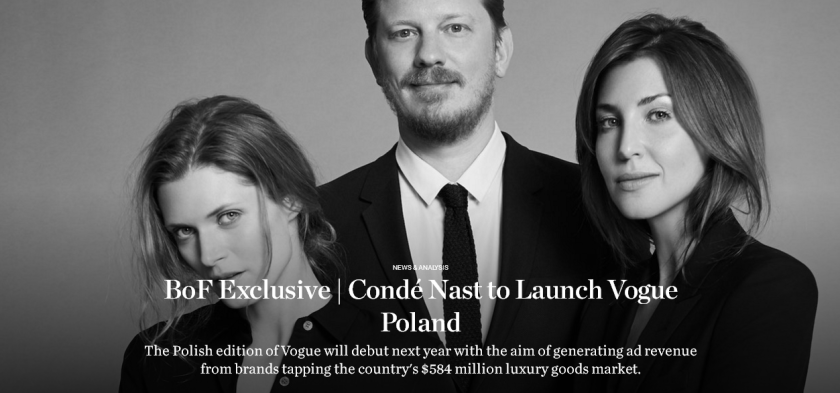
WARSAW, Poland — Condé Nast International will launch a Polish edition of Vogue next year, partnering with new media venture Visteria to expand its offering in Eastern Europe. Filip Niedenthal will be the magazine’s launch editor-in-chief, with Polish model Malgosia Bela taking up the title of editor-at-large.
In a move away from the “digital first” strategy the publishing house pursued with Vogue Arabia, debuting an online platform last autumn months ahead of the print launch in March of this year, Vogue Poland will launch digital and print simultaneously.
“Condé Nast always believed in local autonomy, in local creativity and relevance of its editions for local readers,” Karina Dobrotvorskaya, president of Condé Nast new markets and editorial director of brand development, told BoF. “Yes, digital is becoming increasingly globalised, but print readers are still looking for a unique experience. So we do believe Poland deserves its own highly creative edition of Vogue which will be different from the other 22 Vogues.”
“Polish readers have been waiting for their own edition of Vogue for years now,” said Niedenthal, whose experience launching Esquire in Poland and two years as executive fashion director at the local edition of Harper’s Bazaar makes him well placed to introduce the Vogue name to the Polish market. “Rumours that it was about to launch have been rife since I started working in the business 17 years ago.”
The decision to launch a Polish version of the Vogue brand is significant for Condé Nast given how cautious the publishing house can be when rolling out international editions compared to its competitors. Over the course of the last 20 years, Vogue has only launched one edition in Eastern Europe since Vogue Russia’s seminal 1998 launch: Vogue Ukraine in 2013.
The market is crowded and Vogue comes last, but as the king.
Vogue is debuting in a Polish media market where other global fashion magazine rivals have had a number of years to establish an audience: Elle launched back in 1994, and today has a circulation of 52,000 plus; Harper’s Bazaar entered the market in 2013, with a reported circulation of 50,000. That’s not to mention the presence of local magazines such as Twój Styl (Your Style), the Bauer Media-owned Polish monthly glossy that boasts a readership of almost 1.3 million.
“Launching a magazine in the modern media landscape is a challenge in itself,” acknowledges Dobrotvorskaya. “The market is crowded and Vogue comes last, but as the king. The challenge is to be the best, and the luxury market leader.”
“The other challenge is Vogue digital, which we will be building from scratch. But with CNI’s [Conde Nast International’s] huge international resources, and our experience with the recent digital-first launch of Vogue Arabia, we are confident that we will build a truly multimedia brand.”
While observers may view Vogue Poland as late to join the country’s editorial offering, launch editor-in-chief Niedenthal believes that part of the magazine’s success will come down to brand recognition: “Despite its absence from the Polish market, Vogue is one of the most recognisable titles here, carrying with it an air of authority and prestige that no other publication, whether in Poland or indeed anywhere else, can rival.”
Niedenthal is the fourth man to be named editor-in-chief of a Vogue edition this year, following the announcements of Emanuele Farneti at Vogue Italia, Edward Enniful at British Vogue, and Manuel Arnaut at Vogue Arabia earlier this year. Condé Nast has had long-standing male editors at Vogue Taiwan, Vogue Thailand and Vogue Korea.
Dobrotvorskaya, however, is quick to point out that this trend had little to do with Niedenthal’s appointment. “It is not Filip’s gender,” she said, “but his expertise as an editor in the region and his understanding of the Polish fashion market that makes him the right person for this particular role.” Before his time at Esquire and Bazaar, Niedenthal helmed travel magazine Podróże, and spent two years as fashion editor at Twój Styl.
And while Niedenthal will bring experience and deep market understanding of the publishing landscape, his counter-part Malgosia Bela will bring an innate understanding of Polish women.
“Malgosia is an internationally renowned figure in the industry, who has an inherent understanding of the Polish market,” continued Dobrotvorskaya. “She has unparalleled experience and relationships with international brands, photographers and stylists, which will help establish Vogue Poland’s credentials and key relationships. She is the perfect connection between Poland and the global fashion industry.”
But the question remains why Condé Nast sees now as the right time to penetrate the Polish market and expand further in Eastern Europe?
“We have been considering launching Vogue in the market for a few years,” explained Dobrotvorskaya. “The key factors behind timing are the strong recent development of the Polish luxury market and economy.”
Last year, KMPG valued Poland’s luxury fashion market at 2.2 billion Zloty ($584 million), and forecasts that it will increase 28% by 2020.
Certainly, the new title will debut at an interesting time, as the former Eastern-Bloc nation begins to flex its muscle on the European stage. As one of the only countries in Europe to survive the Great Recession relatively unscathed, Poland emerged with a fast-growing economy, defying the economic downturn experienced by the wider Eurozone.
Mateusz Morawiecki, the country’s deputy prime minister and minister of economic development, went as far as to dub Poland “one of Brexit’s beneficiaries” in a recent interview, asserting that international investors looking for stable EU operating bases find Poland an attractive contender.
While his views on the impact of Brexit are not universal, Morawiecki’s enthusiasm for the Polish market is not unfounded. According to a recent FDI Intelligence report, Poland enjoyed $9.9 billion in capital investment in 2016, making it one of Europe’s most attractive destinations for FDI (foreign direct investment).
Emerging market intelligence firm BMI Research forecasts the country’s economy to expand by 3.6 percent this year, up from a year-on-year growth of 2.8 percent in 2016. “The Polish economy is benefitting not only from relatively strong external demand, but still-low levels of inflation, record-low interest rates, low unemployment rates, and strong wage growth,” explained Lucas Dos Santos, head of Europe country risk at BMI, pointing out that the aftermath of the UK’s Brexit referendum saw an acceleration of broader EU growth which has benefitted Polish exporters.
Kasia Kulczyk, founder and chairperson of Condé Nast’s publishing partner Visteria, sees Poland’s growing clout as central to the Vogue launch. “Poland currently finds itself at a very interesting point in history, all the while growing in stature on the international cultural scene,” she said. “With this in mind, we want Vogue Poland to be a platform to promote Polish talent, particularly women, both internationally and in Poland, not just from a fashion point of view but in all facets of culture.”
“Our country is now an important European and international player,” she adds, citing Poland’s thriving economy and the fact that it is one of the largest markets in Europe with a population of almost 40 million people. “We are ready to embrace a world-class brand like Vogue.”
When we launched Glamour, Poland had not yet developed a big appetite for luxury, but a lot has developed since then.
Poland’s affluent class is growing relatively rapidly, a factor crucial to the growth of a media brand like Vogue whose advertisers are mostly made up of luxury brands. The country’s high net-worth individuals (HNWIs, or USD millionaires) more than doubled from 20,600 in 2006, to 45,300 in 2016 according to World Wealth data in Frank Knight’s latest World Wealth Report. By 2026, the number is forecast to increase to 54,400. While Poland’s wealth demographic pales in comparison to parts of Western Europe, it is one of the highest among former Eastern Bloc countries.
Launching the Polish edition of Glamour 14 years ago has given Condé Nast first-hand experience of how the country’s growing prosperity has impacted the consumer. “The media market was very different in 2003,” explained Dobrotvorskaya. “When we launched Glamour, Poland had not yet developed a big appetite for luxury, but a lot has developed since then.”
This growing appetite is reflected in the retail market, with a number of luxury brands moving in either through concessions or as standalone stores that are part of a bigger multi-brand complex. Warsaw is home to a number of luxury department stores and upmarket malls, the most famous of which is Vitkac, where shoppers can find marquee names like Louis Vuitton, Saint Laurent, Bottega Veneta and Gucci. Galeria Mokotów is another example, a destination whereMichael Kors and more recently Max Mara have set up shop.
But luxury shopping is not limited to the capital; in addition to its Warsaw shop, the popular Likus Concept Store also has outposts in Krakow and Wroclaw, and stocks a selection of more avant-garde brands including Commes des Garçons,Rick Owens, Yohji Yamamto, Junya Watanabe and Acne. According to Povilas Sugintas, research analyst at Euromonitor International, it is expected that more mid-sized cities will see their first designer apparel and footwear store openings over the next few years.
Local retail developments are important to the health of a magazine like Vogue Poland because luxury brands that are present in the local market are more likely to advertise.
Poland’s luxury market may still be in its infancy compared to established markets like France or Italy but the broader fashion market is performing well, again standing out from its Eastern European neighbours: BMI forecasts that the Polish consumer will spend 44.7 billion Zloty ($11.9 billion) on clothing and footwear this year, with a year-on-year increase of 4.3%, reaching 54 billion Zloty by 2021.
“Over the last few years Poland was not immune to global trends, most importantly fast fashion,” said Euromonitor’s Sugintas, citing H&M and Inditex as success stories that have fast been expanding in the region since 2012. Condé Nast’s Dobrotvorskaya also notes that Poland has the sixth biggest cosmetics market in Europe. “According to a recent survey,” she said, “Polish people spent about $3.89 billion on cosmetics in 2016.”
Since luxury cosmetics are far more affordable than luxury fashion, advertisers in the former category may be able to compensate for cautious advertisers in the latter and help to create an increasingly important revenue stream for a magazine like Vogue Poland.
